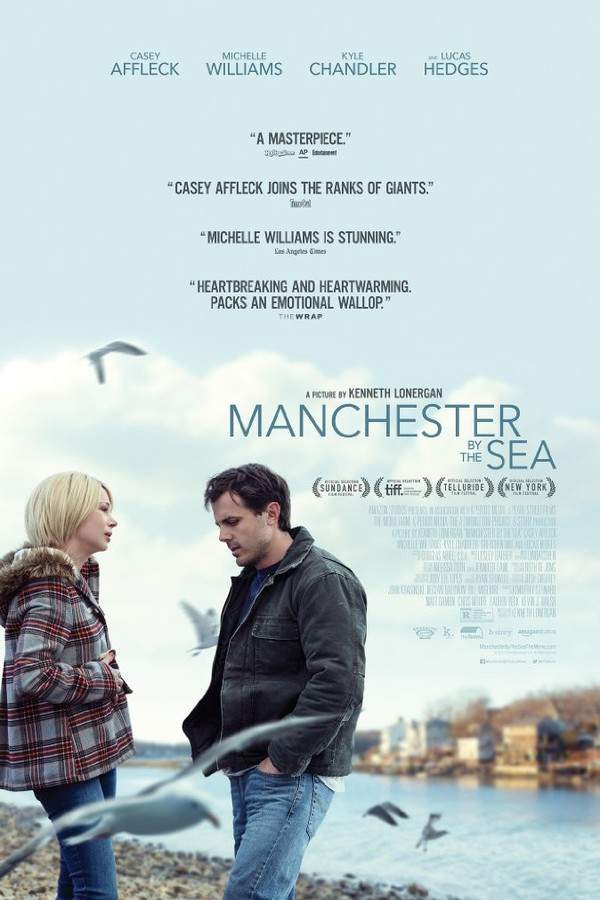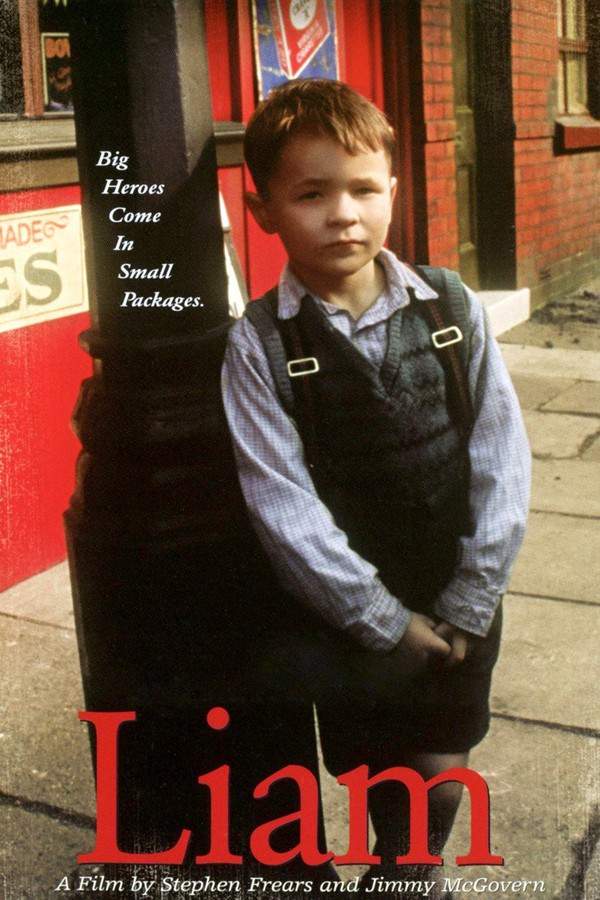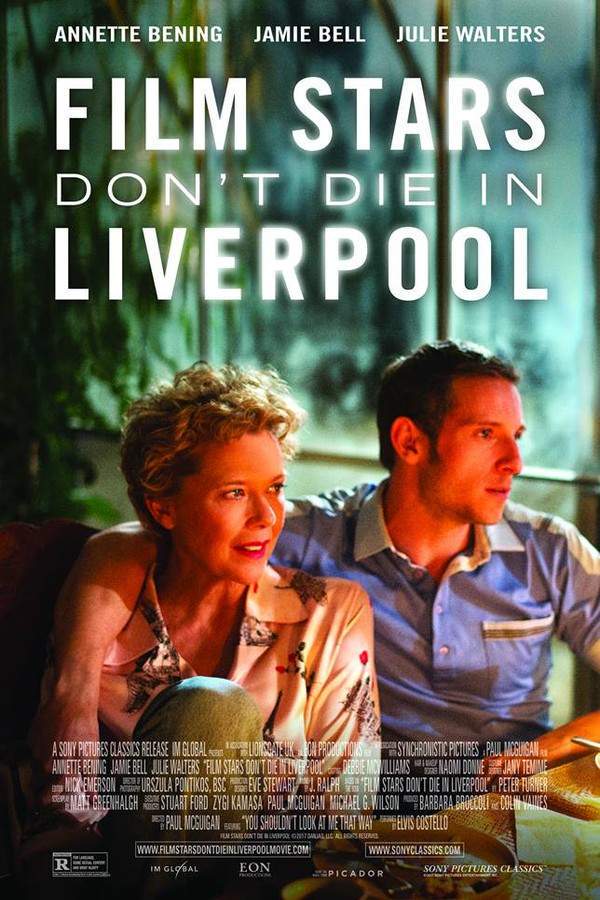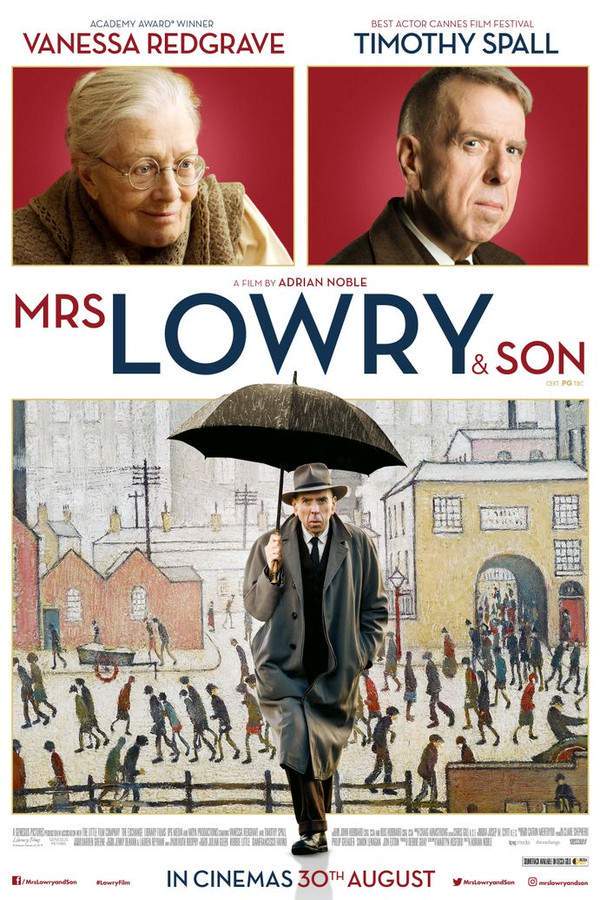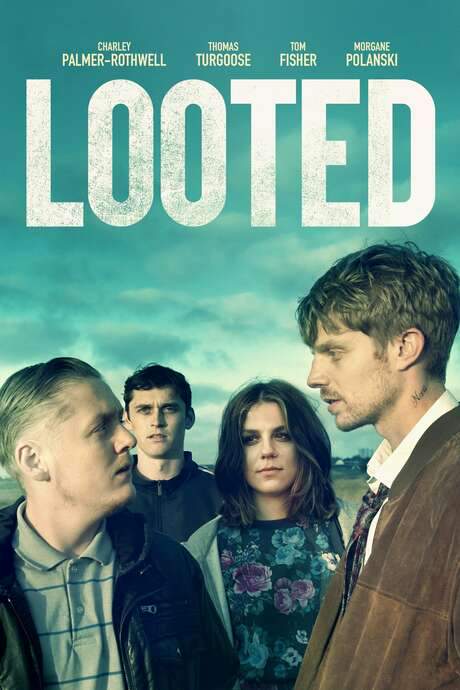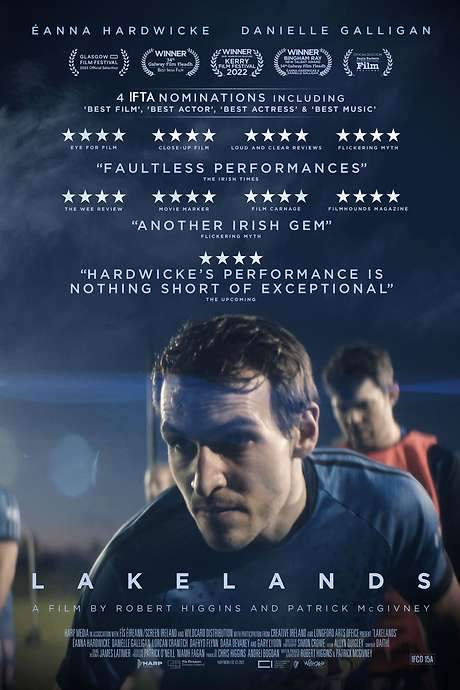Warning: spoilers below!
Haven’t seen Liverpool yet? This summary contains major spoilers. Bookmark the page, watch the movie, and come back for the full breakdown. If you're ready, scroll on and relive the story!
Liverpool (2008) – Full Plot Summary & Ending Explained
Read the complete plot breakdown of Liverpool (2008), including all key story events, major twists, and the ending explained in detail. Discover what really happened—and what it all means.
The film tracks Farrel, Juan Fernández, a seasoned merchant seaman who asks for a leave of absence in Ushuaia, Tierra del Fuego, hoping to visit his mother in his long-ago homeland after twenty years apart. A native of Ushuaia who drives a snow plow for a living, Farrel carries a sense of distance and weathered resolve as he slides back into the rhythms of a life he left behind.
The opening vignettes shuttle us through the ship’s quiet, utilitarian world: a rec room where video games glow, a larder stacked with sausages and snacks, an instrument room, and the clamor of an engine room. We follow Farrel closely as he is abruptly rousted from sleep, inspects his sparse quarters, and does a bit of maintenance painting in a workshop. He climbs the steel stairs to the deck, taps a door en route, and stands on the railing in a gusting wind, gazing at the rushing sea. Later, on the bridge, he’s dressed in calmer gear, tending to a small control wheel while a navigator pores over maps. The captain appears with a directive: the ship is seven hours from Ushuaia, weather is foul, but Farrel has permission to go ashore so long as he returns in time.
Back on board, he prepares to depart: showered, packing his kit and a bottle of vodka, he casts a last look at the dim, wintry landscape through the ship’s corridors. He slips away in the bowels of the vessel, exchanging a large bag for a smaller one and stashing the surplus to be retrieved later. He spends his last hours ashore in solitary moments—sharing a meal in a restaurant and later drinking alone in a nude dance bar—before dawn breaks, the water gleaming and the day beginning to reveal a harsher world outside.
By morning he wakes along the shore, finding himself on what looks like a derelict ferry with a battered interior. The day opens with a cigarette and a pocketful of vodka as he makes his way across a shipping yard toward Tolhuin, hoping for a ride. A traveler’s dorm with a kitchen and a radiator offers a brief warmth; two card players offer coffee, and a woman with packed bags sits watching a soap opera on TV, a quiet scene of ordinary life continuing despite his absence. A driver with a flatbed truck ferries Farrel, along with two other passengers, through a stark landscape where bare trees, snow-tinged mountains, and long roads form the frame. Farrel, with a canteen of vodka in hand, leans into the chill of the evening as a third passenger disembarks, and the journey toward a distant patch of work and memory continues.
Near a weathered soccer post, Farrel pauses to study something carved or written beneath the ice, then takes a long drink beside a rusty storage tank, a dog barking in the background. In a small residential settlement an older man, Nieves Cabrera, known as Trujillo, seems to recognize him, and Farrel sinks into the warmth of a rugged canteen where bread, stew, and red wine are shared around a long table. A shortwave radio crackles with talk of fuel, road conditions, and a flock of sheep; Nazarena, a sick woman whose condition is not improving, is tended in the same space. A shy young woman, Analía, enters with a serving dish but does not speak, standing near Farrel and stealing glances as the serving is prepared. Trujillo escorts her home, and Farrel follows, peeking through a window as he drinks from his vodka, trying not to be seen in a place that feels both intimate and distant.
The morning after, Farrel wakes again in an abandoned shed, the bottle emptied, and he is carried into Trujillo’s cottage to warm up. A gentler truth emerges: “Shortly after you left, Analia was born,” he is told, a line that lands with a sudden weight. Nazarena’s illness, Analia’s delicate presence, and Farrel’s fading connection to the village all sharpen the sense that the past has not simply waited for him but has waited with him. Farrel moves through the day with a half-formed plan and a half-formed conscience, buying fresh bread at the canteen and later returning to the house, where Analia stands at the window with quiet resolve and a stubborn simplicity.
Inside the home, Farrel observes Analia as she asks for money, her manner gentle but blunt, while a mother’s fragility remains the unspoken center of the scene. He places a few bills into Analia’s hand and, after taking a photograph from a shelf, offers her a keepsake—an emblem of the life he has left behind. On the snow, he hands over the small gift and begins his slow retreat, never looking back as the distance stretches between him and the cottage. From the window, Trujillo peels apples as rabbits hop about their hutch, and Analia wanders through the sawmill, guided to safety by a cautious hand.
That night Nazarena drinks broth and rests, and Analia finally climbs into bed beside her grandmother, drawing the light from the room and the day to a close. The next morning, Analia assists with fur traps, though most are empty; a fox is caught, and the pair retreat to a barn where Trujillo prepares the carcass and Analia feeds the sheep with a mix of care and a touch of mischief. Earlier in the day, she had tucked away a private message on a wooden fencepost, and now, with a pencil in hand, she checks that she’s alone before revealing the keepsake she’s kept. The object—a gaudy metal keychain from the port of Liverpool—dangles in her grasp, a gift that strikes as thoughtless and flashy, and she watches it spin as the screen fades to black.
Shortly after you left, Analia was born.
You left me quite a legacy. What are you hoping to find? Your mother is sick.
used to live near a sawmill.
Last Updated: October 05, 2025 at 11:56
Unlock the Full Story of Liverpool
Don't stop at just watching — explore Liverpool in full detail. From the complete plot summary and scene-by-scene timeline to character breakdowns, thematic analysis, and a deep dive into the ending — every page helps you truly understand what Liverpool is all about. Plus, discover what's next after the movie.
Liverpool Timeline
Track the full timeline of Liverpool with every major event arranged chronologically. Perfect for decoding non-linear storytelling, flashbacks, or parallel narratives with a clear scene-by-scene breakdown.

Characters, Settings & Themes in Liverpool
Discover the characters, locations, and core themes that shape Liverpool. Get insights into symbolic elements, setting significance, and deeper narrative meaning — ideal for thematic analysis and movie breakdowns.

Similar Movies to Liverpool
Discover movies like Liverpool that share similar genres, themes, and storytelling elements. Whether you’re drawn to the atmosphere, character arcs, or plot structure, these curated recommendations will help you explore more films you’ll love.
Explore More About Movie Liverpool
Liverpool (2008) Scene-by-Scene Movie Timeline
Liverpool (2008) Movie Characters, Themes & Settings
Liverpool (2008) Spoiler-Free Summary & Key Flow
Movies Like Liverpool – Similar Titles You’ll Enjoy
Manchester by the Sea (2016) Spoiler-Packed Plot Recap
Liam (2001) Plot Summary & Ending Explained
Distant Voices, Still Lives (1988) Spoiler-Packed Plot Recap
Film Stars Don't Die in Liverpool (2017) Film Overview & Timeline
Mrs. Lowry & Son (2019) Full Summary & Key Details
Looted (2019) Film Overview & Timeline
Strange Relations (2001) Movie Recap & Themes
Liverpool Ferry (2020) Complete Plot Breakdown
Lakelands (2022) Detailed Story Recap
Waterfront (1950) Film Overview & Timeline
The Leaving of Liverpool (1000) Full Summary & Key Details
Any Mother’s Son (1997) Film Overview & Timeline
Dockers (1999) Plot Summary & Ending Explained
Appuntamento a Liverpool (1988) Ending Explained & Film Insights
My Name Is Joe (1998) Plot Summary & Ending Explained




